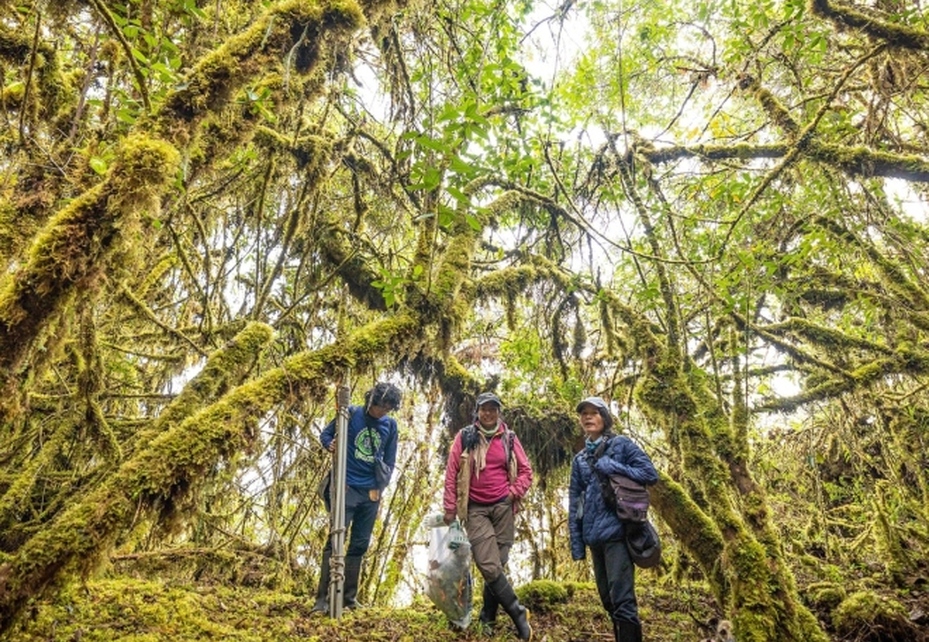
The Amazon rainforest, often referred to as the Earth's lungs, is more than just a sprawling green expanse. It is a living, breathing entity, a labyrinth of rivers and wetlands that pulse like veins across South America. This vast ecosystem, home to unparalleled biodiversity, remains shrouded in mystery despite decades of exploration. Yet, as climate change and deforestation tighten their grip, understanding the Amazon's intricate workings has never been more critical.
In a bold move to unravel the Amazon's secrets, a groundbreaking expedition was launched, uniting scientists, explorers, and local communities. This two-year mission, a collaboration between Rolex and National Geographic, aimed to delve deep into the Amazon's aquatic heart. Unlike previous efforts that focused on land, this expedition turned its gaze to the rivers and lakes that sustain the rainforest, seeking answers to how climate change and human activity are reshaping this vital ecosystem.
The expedition was a mosaic of seven distinct projects, each shedding light on different facets of the Amazon. High in the Andes, researchers installed a weather station on the Nevado Ausangate glacier, a critical source of the Amazon's waters. Downstream, the expedition turned its attention to the iconic pink river dolphins, using them as indicators of river health. Meanwhile, in the Amazon Delta, scientists discovered a rare freshwater mangrove forest, a testament to nature's resilience.
The expedition also highlighted the power of local communities in conservation. In one remarkable example, community-led initiatives helped the arapaima, the world's largest scaled freshwater fish, rebound by 600% in just 15 years. This success story underscores the importance of grassroots efforts in safeguarding the Amazon's future.
The findings from this expedition are a clarion call. The Amazon is not just a forest; it is a complex aquatic web that plays a crucial role in regulating the Earth's climate. Protecting it is not just an environmental necessity but a moral imperative. As the expedition concludes, its legacy lives on, reminding us that the Amazon is a lifeline for our planet—one we must cherish and protect for generations to come.

















